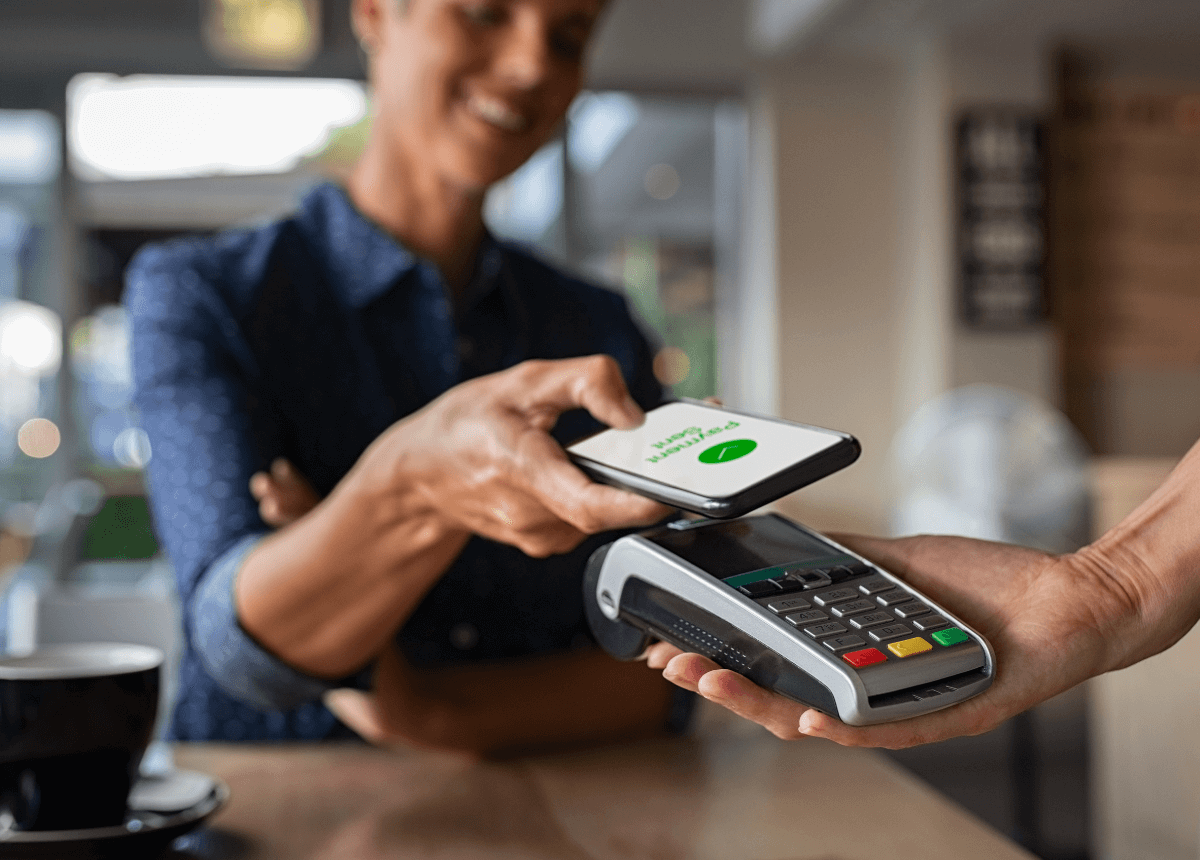Fighting Chargeback Fraud: Is there such a thing as Friendly Fraud?
Retail Pedro Ramos
Pedro Ramos

Retailers are making it easier to return online purchases, issuing refunds before they receive the return goods. This policy improves the customer experience, but does it open the door to theft?
What is Friendly Fraud?
Friendly fraud, also known as chargeback fraud, happens when authorized credit card users deny legitimate charges to their credit card rather than first trying to obtain a refund from the merchant. The reasons for friendly fraud vary from customers who forgot they made a purchase, a household member unknowingly charging goods to the card, consumers not understanding the difference between a traditional return and a bank-issued refund, or in the worst-case scenario, people intentionally abusing loopholes in chargeback rules and denying a legitimate purchase.
The impact of chargeback fraud can be devastating for retailers. They may lose both the sale and the inventory, a double hit to their bottom line and akin to online shoplifting.
The Difference between Friendly Fraud and Identity Theft
The main difference between friendly fraud and identity theft is that, in the case of friendly fraud, the fraudster is the authorized user of the card used to make the purchase in question. The transaction was authorized and was presumed to be a legitimate purchase until the customer files a chargeback, attempting to regain the payment for the transaction yet holding on to the product or services rendered
Top 5 Reasons for the Rise in Friendly Fraud
1. Increased Adoption of E-Commerce
While friendly fraud isn’t exclusive to online transactions, it is easier to commit online compared to brick-and-mortar stores. Broadly speaking, fraud regulations and detection systems haven’t kept pace with the growing volume of card-not-present transactions as more and more consumers adopt online shopping as the new norm.
2. Chargeback Regulations Haven’t Adapted
As online transactions have exploded in recent years, so have the number of instances of friendly fraud cases. However, the regulations governing the chargeback process have largely remained the same as they were in the 1970s when they were designed for consumers. These regulations simply no longer reflect the new merchant reality.
3. Chargebacks Are Fast and Convenient (at least for the consumer)
Consumers want immediate, convenient solutions to problems and the card companies are happy to oblige, which is another reason that friendly fraud is on the rise. In many situations, shoppers feel that it’s quicker and more convenient to file a chargeback with the bank than to deal with the merchant for a return or refund. However, most consumers don’t realize the consequences that this behavior can have on the merchant.
4. Banks Cannot Verify the Legitimacy of Every Chargeback
Banks are also being overwhelmed by the rapid increase in chargebacks in recent years. Most simply lack the resources to thoroughly investigate every chargeback a cardholder files and, as a result, require little or no evidence before submitting the chargeback to the merchant’s acquiring bank.
5. Merchant Resources are Limited to Fight Back
Merchants have the right to dispute almost any chargeback but this is a complex, time-intensive process with low chances of success. The system is set up to benefit the consumer, and so, the merchant is often considered at fault until proven otherwise and shoulders the burden of producing evidence validating the transaction.
Friendly Fraud Detection, Prevention, and Resolution
More customers are taking advantage of friendly fraud, intentionally or unintentionally. So, what can retailers do to protect themselves?
Fraudulent purchase patterns. Fraud analysts investigate to see if there is a pattern of misuse of the credit card, especially by someone other than the authorized cardholder. Patterns can include larger than usual purchase amounts or frequency compared to average retailer sales or if they are a high-theft item. These patterns can indicate a potential fraud pattern.
Communication and tracking. Retailers and fraud teams can ask customers to ask about their purchases, recording the call while asking for validating information. Retailers can also save delivery information to prove items were successfully delivered to the customer. Email communications can also be tracked, providing documentation and proof of purchase and return authorization.
Merchant disputes. Disputing a charge takes time, effort, money, and diligence. Credit card companies have extensive rules for chargebacks, including restrictions that retailers only have 60-120 days from the date of purchase to dispute the claim and need extensive documentation. In addition, sales transactions, delivery receipts, and customer communications are required, and the retailer may incur a hefty fee between $20 - $100 per transaction. While it’s not impossible to solve a dispute, retailers are often at a disadvantage.
Return policy changes. Although probably a last resort, a return policy review may be warranted if chargebacks get out of hand for a merchant, even if only for certain high-risk items. If clearly communicated, the policy can simplify or even prevent certain disputes altogether.
Tips for Minimizing Chargebacks
Friendly fraud is spreading, which means that retailers need to be both customer-friendly and diligent about fraud. Best practices from credit card merchants include:
- Notify customers before charging for recurring payments
- Make sure the billing descriptor is easily recognizable
- Use delivery confirmation
- Keep an easy to access paper-trail of every transaction
- Communicate regularly with customers
- Make customer service contact information easy to find
- Empower customer service and other employees to resolve issues quickly
- Grant refunds and cancellations as soon as requested
- Be vigilant for suspicious behavior
While chargebacks are an important process for consumers to dispute certain charges, they should be a last resort. By taking the above steps, retailers can help keep legitimate and fraudulent chargebacks, and the associated losses to the business's bottom line, to a minimum.
Recently, Agilence teamed up with Loss Prevention Magazine on a research report aimed at measuring the changing perceptions and value of Loss Prevention teams. Responses were collected from a hundred LP professionals at every level, operating in various industries. Download your free copy of the full report today to see the results.
Learn more about how to Combat Theft & Fraud.
Related Articles

Private Label Credit Cards for Retailers: How to Measure, Optimize, and Avoid Fraud
In the competitive retail landscape, private label credit cards (PLCCs) have emerged as a powerful tool to engage customers a...
The Rising Threat of Contactless Payment Fraud
Merchants and customers want the same thing – a frictionless payment experience. Everyone from Walmart to city governments an...
How to Prevent "Card not Present" Fraud
Even before the pandemic, card not present (CNP) payments were on the rise. Given the convenience and increased health concer...Subscribe to our blog
Receive free educational resources like exclusive reports, webinars, and industry thought leadership articles straight to your inbox.


